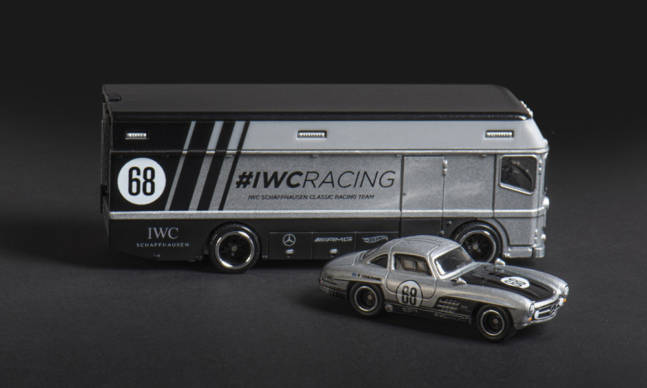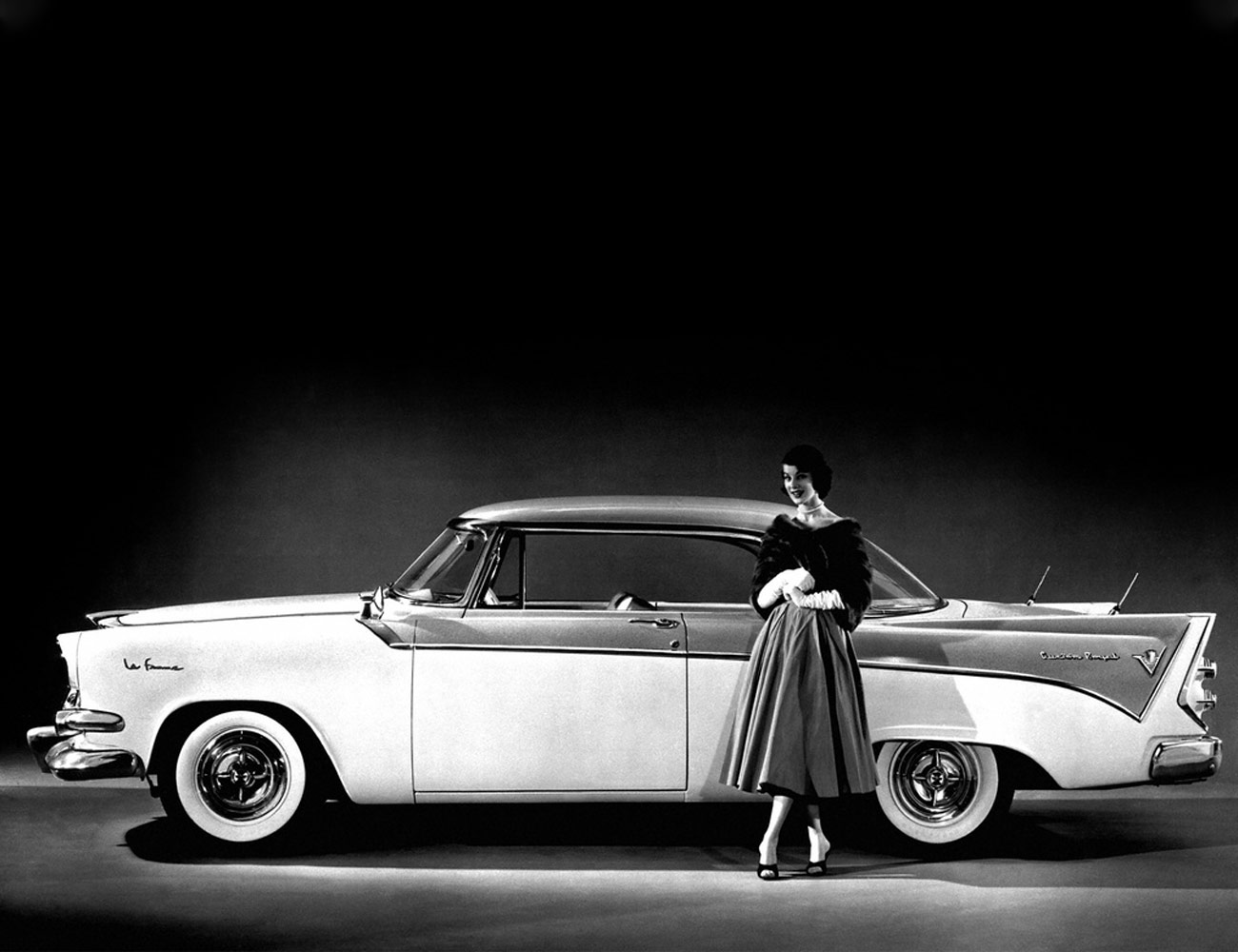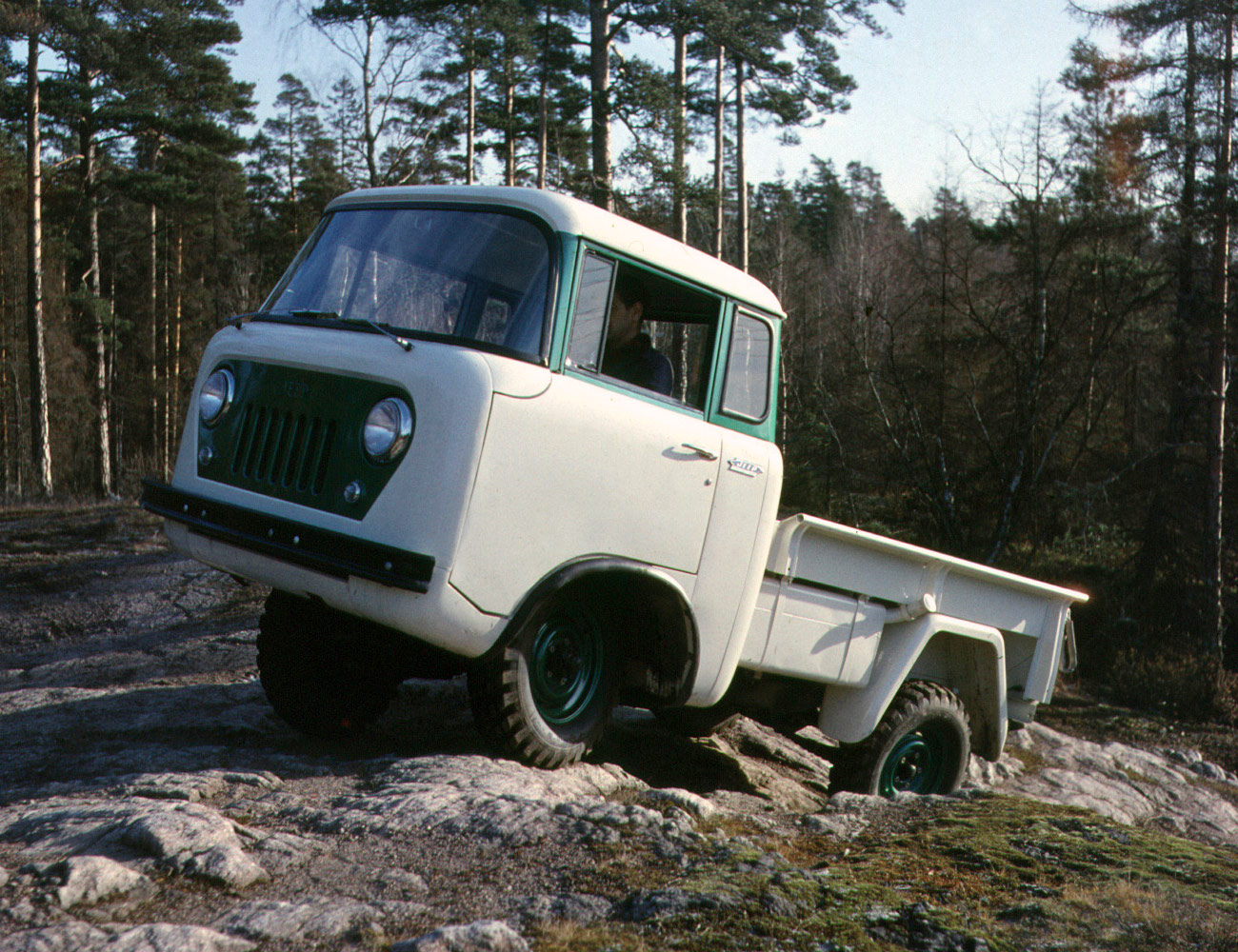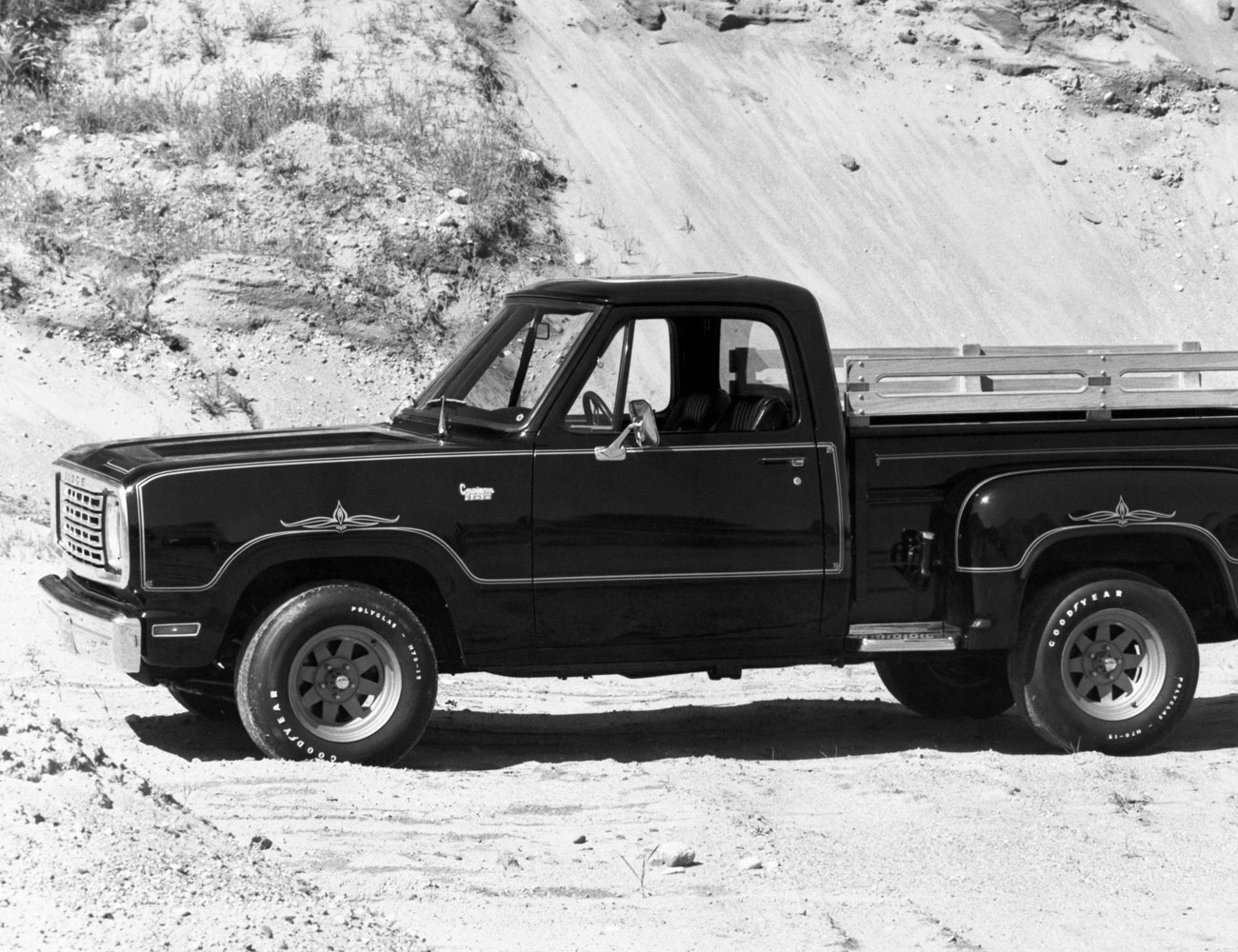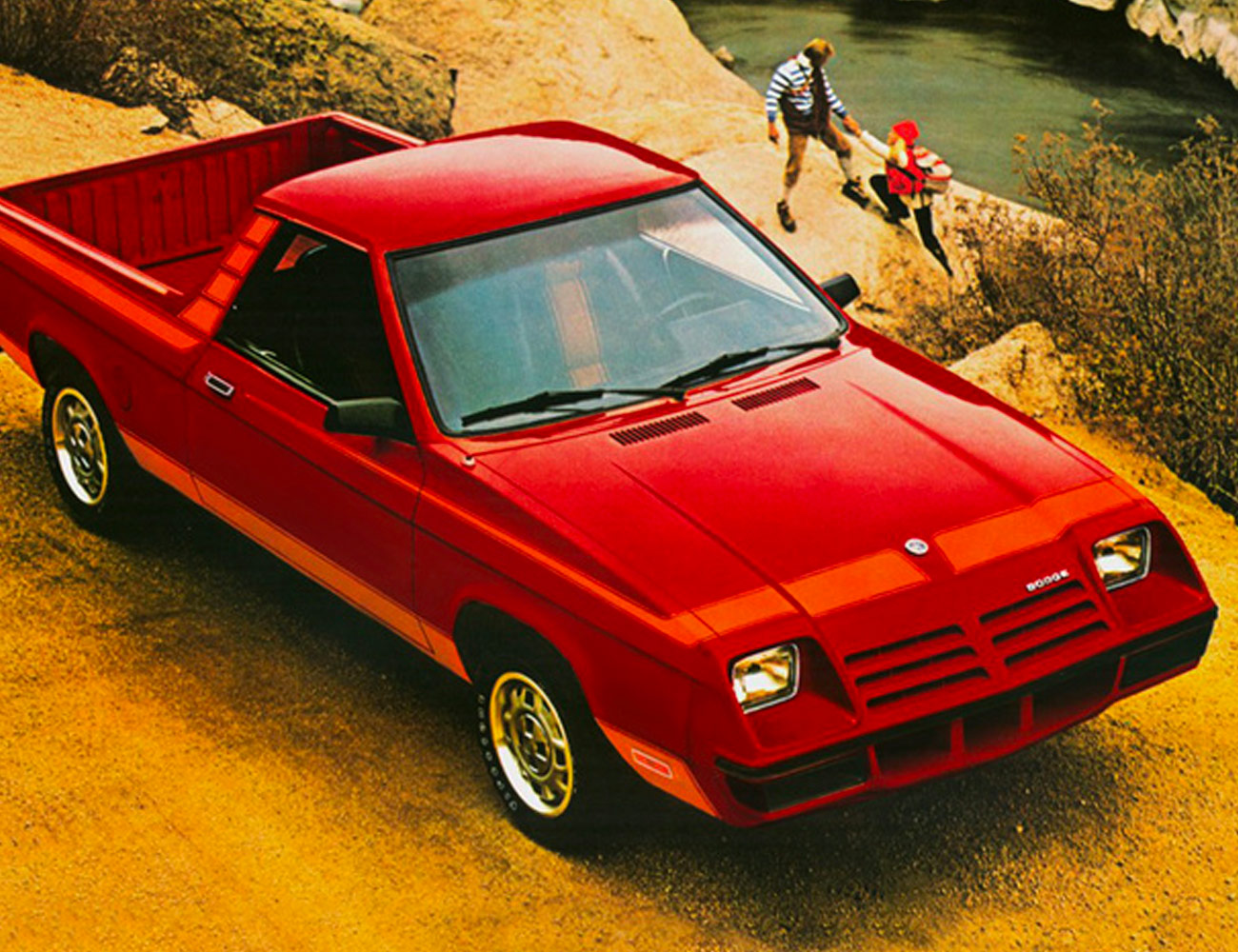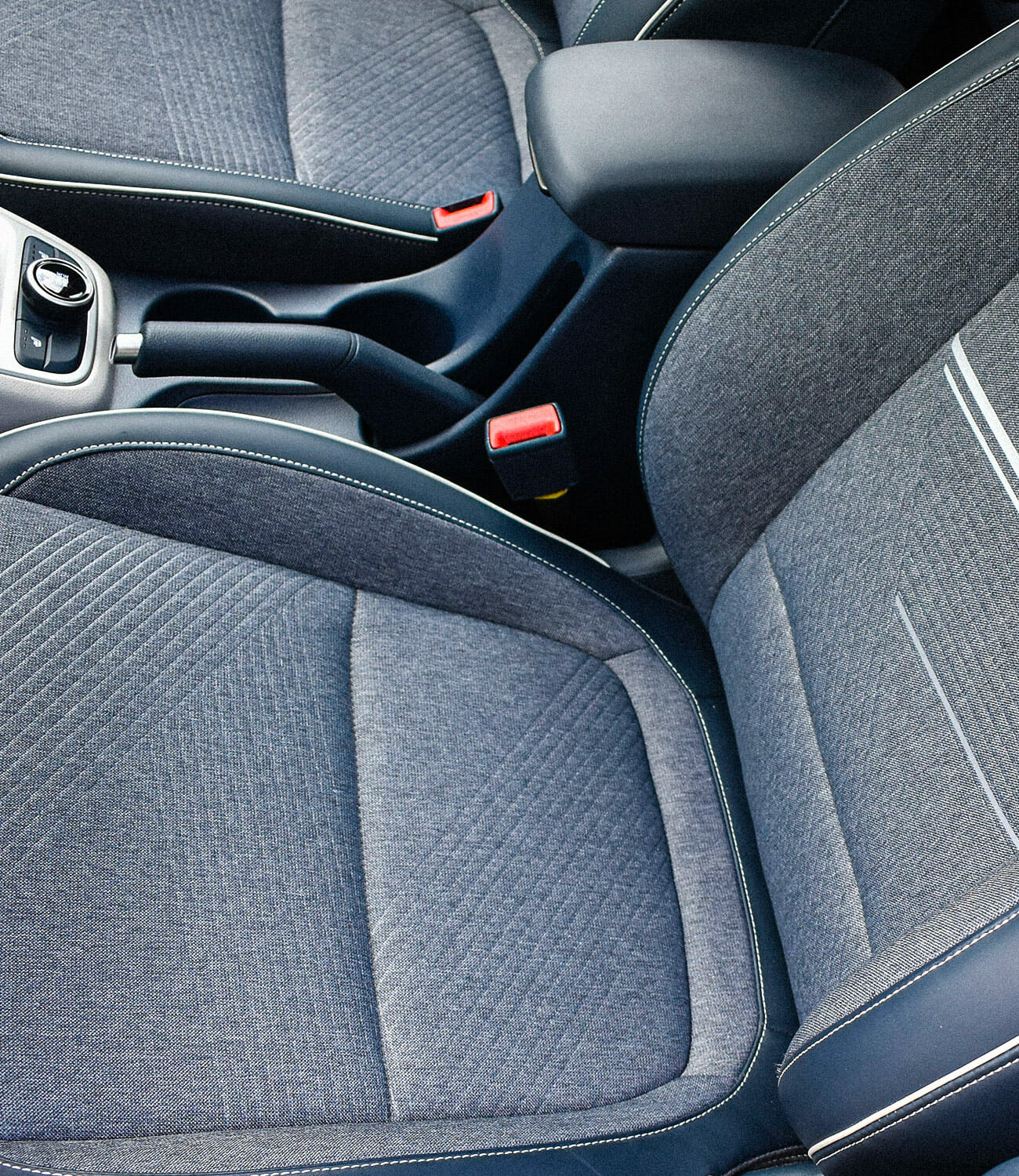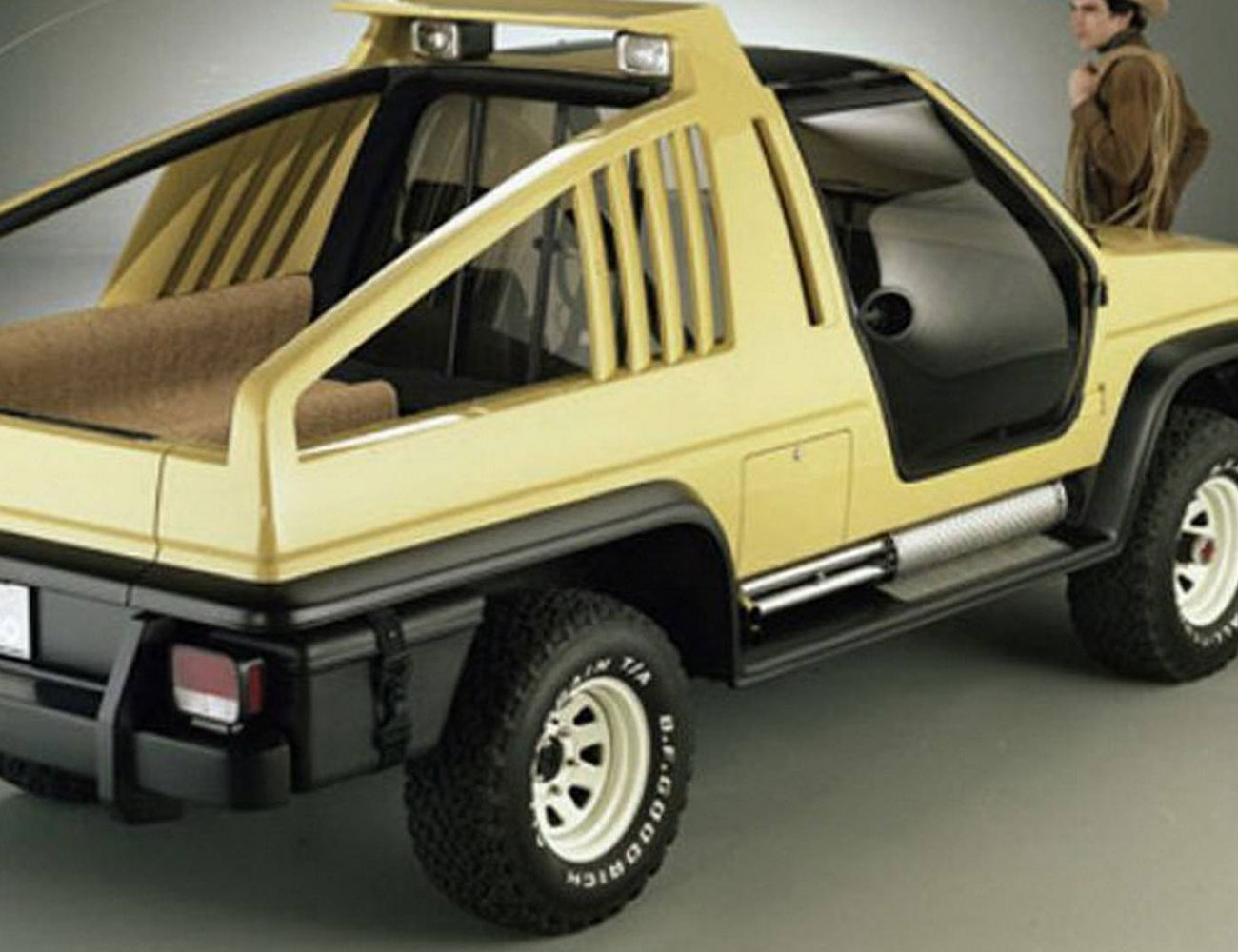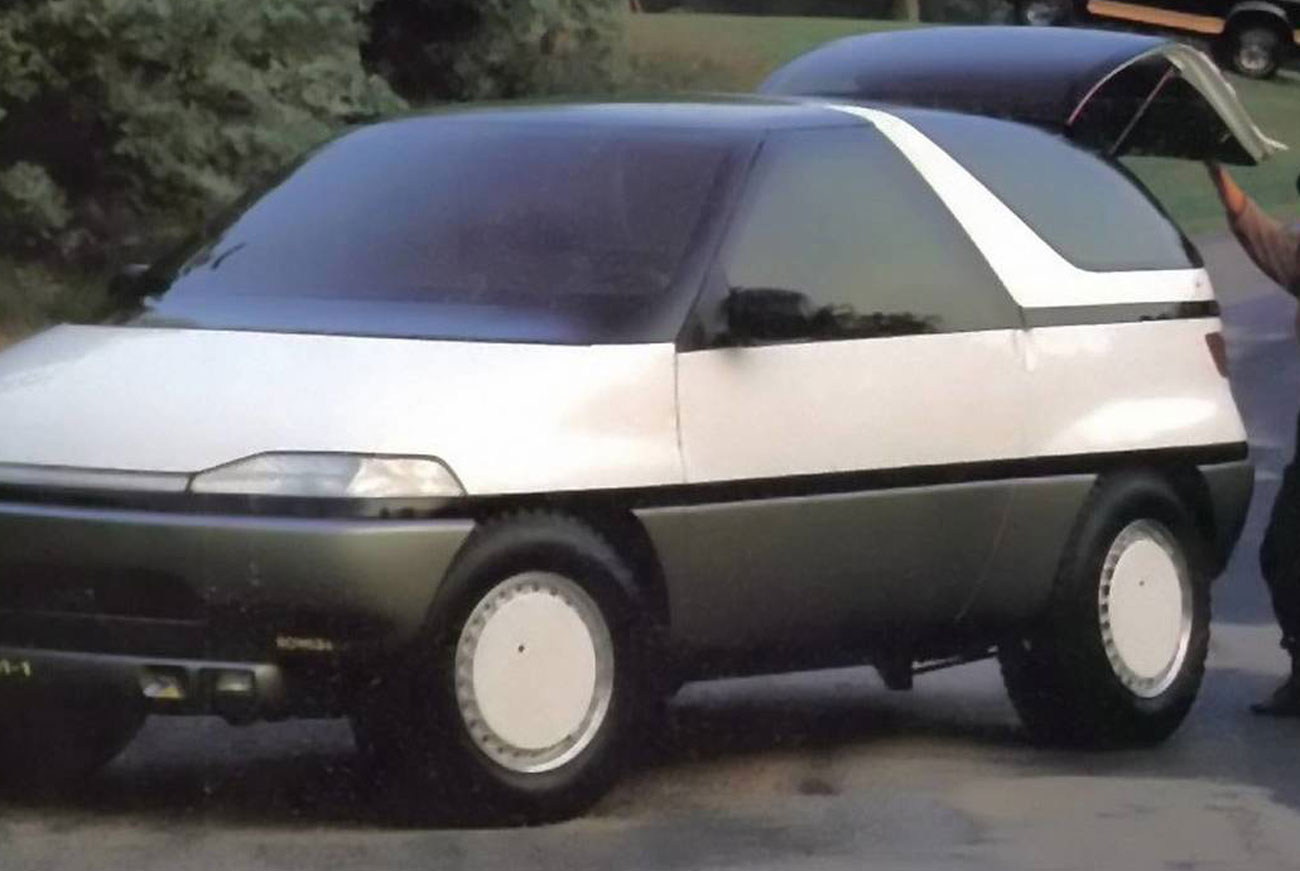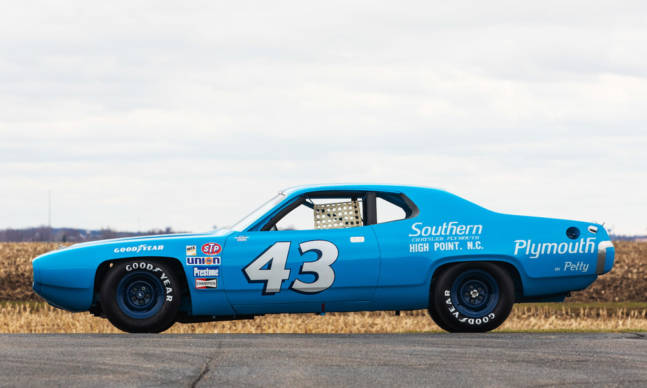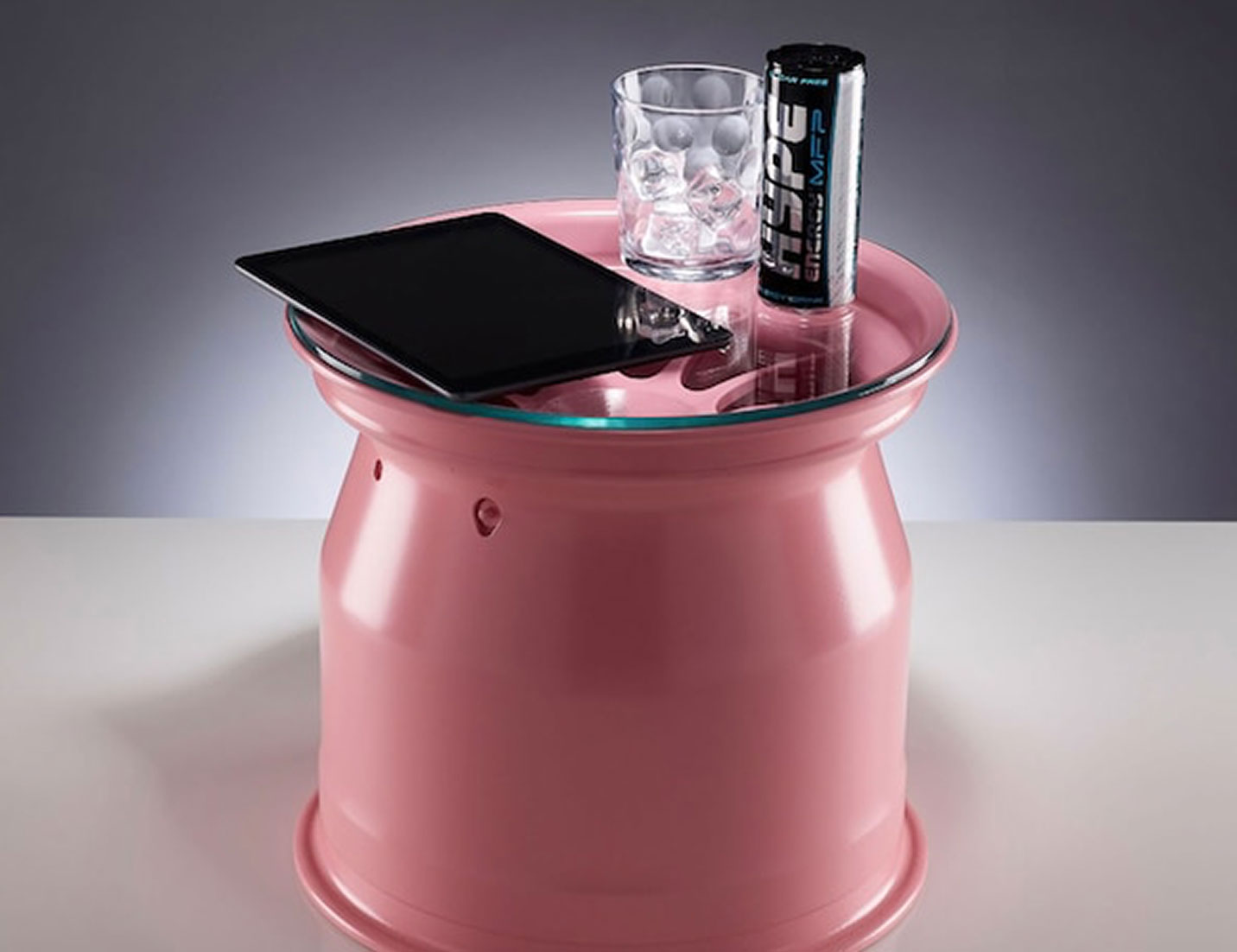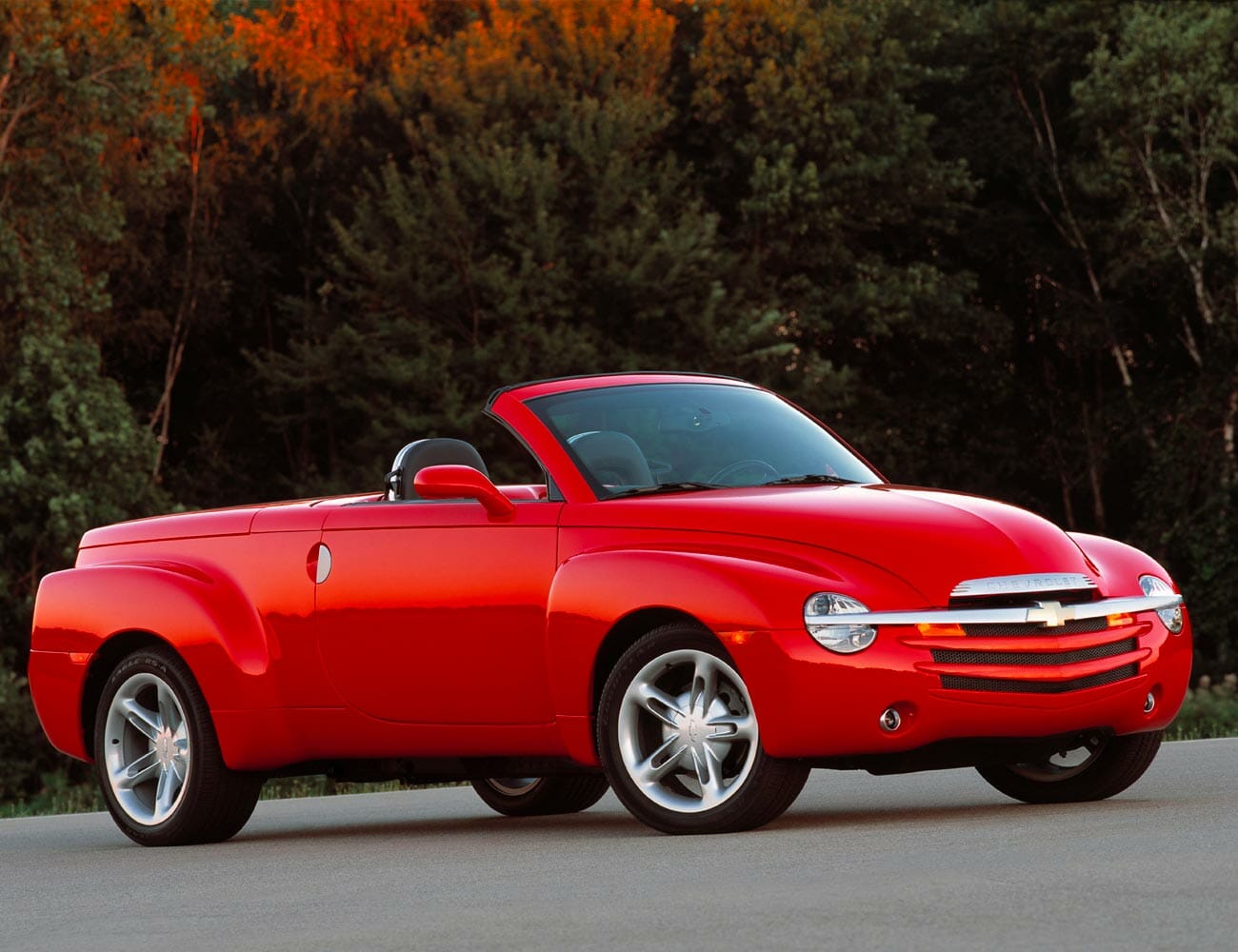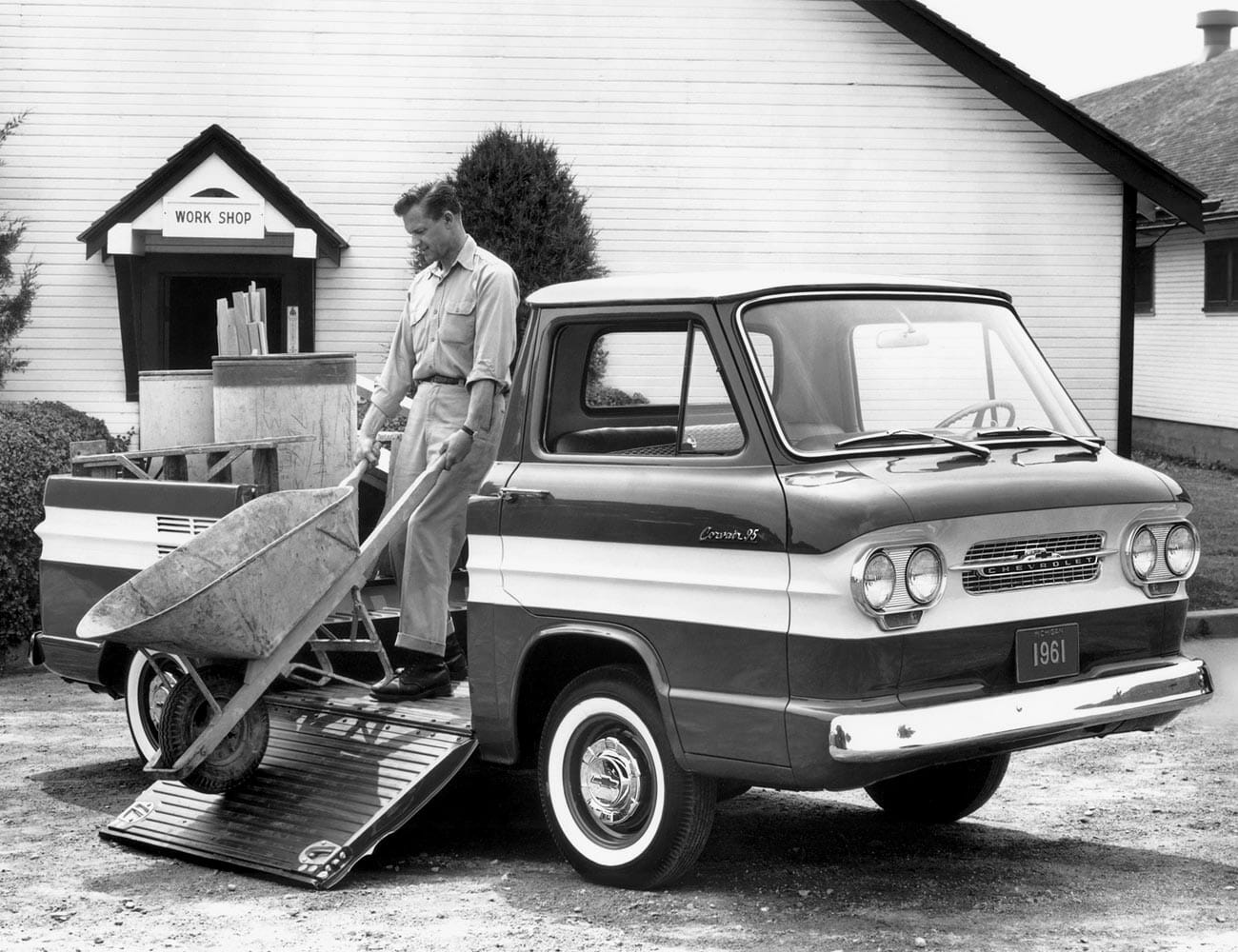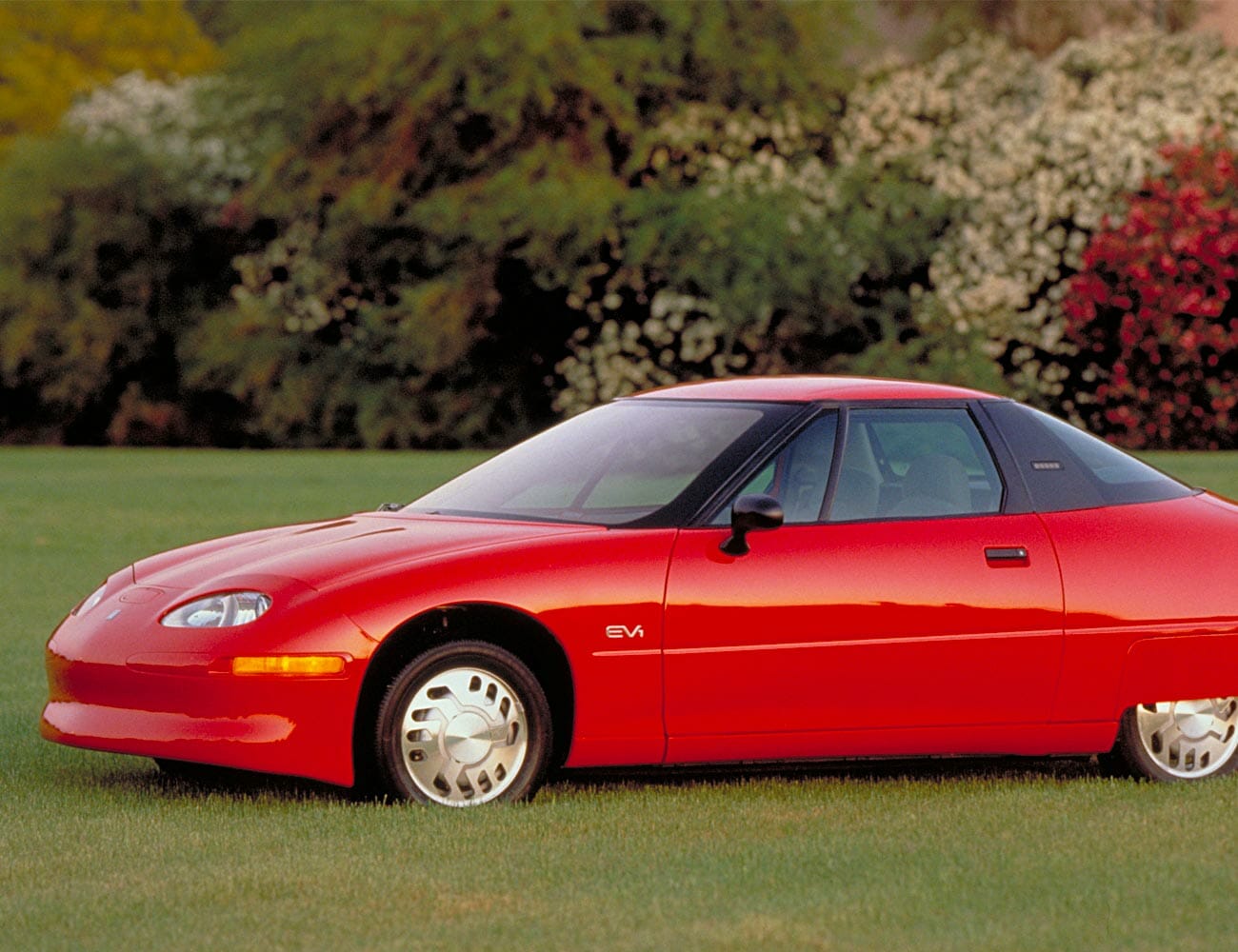The Fast Facts:
What is it? BMW’s midsized family-friendly crossover, tuned up for the track by the brand’s sporty M division.
What’s it got under the hood? A twin-turbo 4.4-liter V8 making 617 horsepower and 553 pound-feet of torque, connected to an eight-speed automatic and sport0tuned all-wheel-drive system. In other words, the same setup as the BMW M5 Competition and BMW M8 Gran Coupe Competition.
How many people can fit in it? Five.
How much does it cost? $114,100 to start, as-tested around $135,000.
The BMW X5 M Competition is the sort of vehicle that invites a dismissive comparison among many automotive enthusiasts. Why would I buy this counterintuitive performance SUV, the thought goes, when I could buy an M5? But sometimes it’s worth examining the inverse of a question, if only as a thought exercise. Instead of why should I buy this over an M5, ask yourself: why should I buy an M5 over this?
![]()

After all, in a vacuum, the X5 M Competition is a fascinating, arguably compelling proposition. Here’s a five-seat family crossover that happens to pack the sort of speed hardware usually found in a super sports car. The M5 was originally created as a way to bring high-end sports car performance to a less extroverted, more usable body style; the X5 M has the exact same brief. Instead of resorting straight to old arguments suggesting that sedans and station wagons are inherently superior to SUVs…surely a vehicle like this deserves to be judged on its own merits, right?
What We Like
I’ll just come out and say it: the X5 M is easier to live with the M5. Sure, some people buy SUVs and trucks simply because of the self-esteem boost that comes with riding higher, but few of us make car buying decisions wholly based on emotion; SUVs and trucks, simply speaking, offer more capability and more usability than sedans, coupes and so forth.
Being taller means the X5 M can hop bigger obstacles — curbs, potholes, ditches, etc. — so while it’ll never likely go off-roading, it can still go plenty of places the M5 can’t. Sitting up higher gives you a better view of the road ahead (which lets you see further ahead, a key advantage in driving); it makes it easier to to load heavy objects in and out of the vehicle, as you don’t have to bend down so far; and it makes climbing in and out of the vehicle easier, especially for anyone past the age of maximum flexibility.
The X5 M has more room, too. The two-box body means there’s more room for cargo, especially if you don’t mind blocking your view. And the more upright stance and big moonroof mean the second row feels like a slightly better place to sit than the sedan, especially the M8 Gran Coupe Competition. Plus, outfitted with the top-shelf Ivory White /Night Blue Merino leather trim, the X5 M’s interior is an utterly gorgeous place to while away a few hours of driving time. BMW has solidly upped its cabin game in recent years, and the X5 shows that a Bimmer can be every bit as nice as a Mercedes-Benz or Audi.
![]()

Also, duh: it’s really freaking fast. Like, redefine-what-you-think-an-SUV-can-do fast in a straight line. Launch it from a stop, and you’ll be past 60 mph in what feels like a thought but actually works out to a claimed 3.7 seconds. (I’m guessing independent testing will do better.) Or hammer the throttle at a roll, and watch the speed rise and rise with unnatural fury even well past the legal limit of any road in America. It feels like being strapped to the front of a bullet train. It’s delightful.
Watch Out For
The M5 handles better. There’s no fighting physics, and while the X5 M’s tires have a ton of grip and the chassis is incredibly well-tuned, it’s still quite a bit taller and heavier than the sedan. Hustling it down a back road, it’s easy to carry far more speed than you’d think…but you’re always aware of the height and mass, always sensitive to the fact that it feels like could tip. It feels unnatural in a way the M5 or M8 never does.
The sedans look better, too. While the M8 Gran Coupe is unarguably the looker of the lineup, even the regular M5 is a sharp-dressed speed machine, with a muscular jawline and chiseled angles. The X5 M, however, has a more complex face with added facets and design elements to hide its added height. The overall design does a good job of disguising the size — from different angles, it’s easy to confuse it with both the smaller X3 M and the larger X7 M50i — but it’s not quite as handsome a machine.
![]()

Big wheels make the X5 seem smaller than it is.
Other Options
The other German luxury carmakers, of course, offer their own alternatives; there’s the 603-hp GLE 63 S from Mercedes-AMG that starts at $114,945, the RS Q8 from Audi that starts at $114,500 and the Porsche Cayenne Turbo starting at $127,800. If you’d prefer something American-made, there’s always the 707-hp Jeep Grand Cherokee SRT Trackhawk, which starts at a mere $87,645. Or, if you like everything about the X5 M Competition except the black grille and can live with being a tenth of a second slower to 60 mph, the regular X5 M starts at $105,100.
Verdict
Enthusiasts will carp that no one who really cares about driving would choose the X5 M than the M5. But really, the question for many people (if they cared about price at this range) would be: which one of these better suits my life?
After all, presumably, any true gearhead looking at either of M5 or X5 M is doing so through the wistful gaze of someone who wants a sports car, but needs something with more room and capability. The X5 M is not a compromised M5; both cars are compromised propositions. In a perfect world, the enthusiast looking at these rather be driving a Ferrari.
Sitting here in in my unmarried 33-year-old skin with my weekends often free to attack country roads, only needing a back seat to occasionally carry friends and groceries, the M5 Competition seems a far more inviting prospect. But if you have kids and all the materiel that comes with them, or if you’re at an age where dropping into passenger cars seems far less inviting than sliding laterally into a crossover, trading away some of the sedan’s cornering prowess and good looks to ease the burdens of life sounds like a pretty smart idea.
BMW provided this product for review.
Note: Purchasing products through our links may earn us a portion of the sale, which supports our editorial team’s mission. Learn more here.
Will Sabel Courtney is Gear Patrol’s Motoring Editor, formerly of The Drive and RIDES Magazine. You can often find him test-driving new cars in New York City, cursing the slow-moving traffic surrounding him.
More by Will Sabel Courtney | Follow on Instagram · Twitter · Contact via Email
